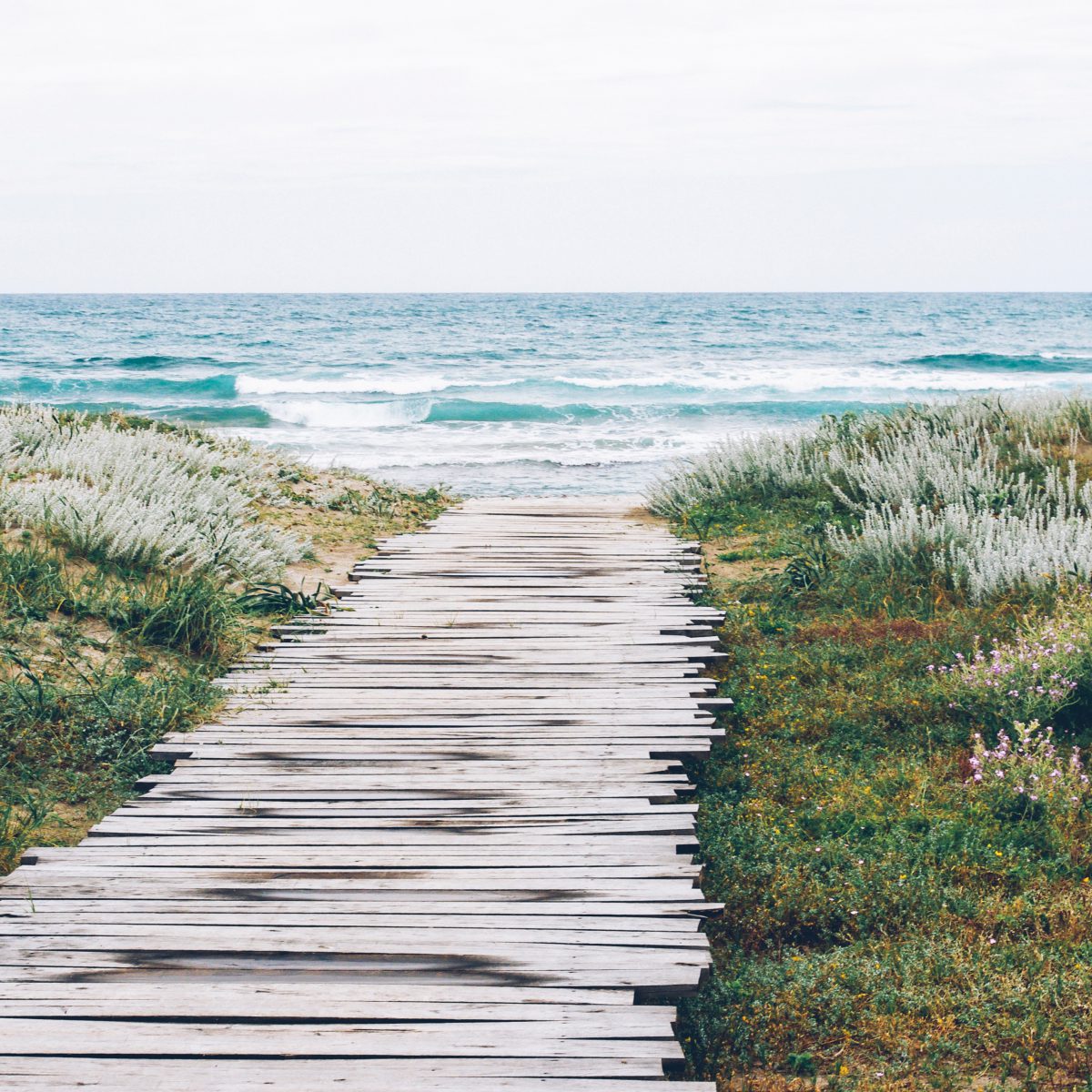
It’s a wonderful feeling to sit in a coastal garden and enjoy the distant metronome of waves crashing on the beach.
Beach houses with a cleverly designed coastal garden leave an indelible impression, especially on prospective buyers seeking a new home in a beachside suburb.
A coastal garden is a stunning asset for the property. It should feel as if it’s a sanctuary from the surf and, yet, embrace both its peaceful and wild nature.
Sellers should never underestimate the impact that a garden makes on potential buyers and the value it adds to the property.
On the other hand, buyers should recognise that a forgotten garden offers great potential to enhance value at relatively little cost.
All great gardens begin with careful planning.
For those on the coast, this includes not just the layout but the materials and outdoor furniture that must work together to set a beachside tone.
A soft palette of blues, greys and yellows, together with the gentle, organic lines of footpaths and careful use of pebbles and mulch will create an atmosphere of salt and sand.
Here are 10 tips to create a coastal garden:
- You want a natural flow of curves through you garden to make it enticing. Straight lines are harsh, unwanted and for city planners.
- Don’t be afraid to plan your garden for a wild and wind-swept look. Coastal gardens shouldn’t be over manicured.
- Set aside open spaces in your garden. The most important should be for entertaining. If space allows, consider creating mini-sanctuaries with a bench seat or simple chair.
- Use natural materials. Rock and reclaimed timbers for retaining walls can be a great feature. Sandstone and weathered wood make for great seats and steps.
- Soil in most coastal gardens is sandy and holds few nutrients, so you must add multiple layers of mulch and other organic materials.
- Your plants should be drought resistant, tolerate high winds and thrive in salt air. Shrubs, succulents and coastal grasses are solid choices, along with ornamental trees. Coastal banksia or a mix of eucalypts, are a great protector against the wind for other plants and around your entertaining area.
- Consider including natives such as coastal rosemary, woolly bush and correa alba for small hedges and bushes. Blue chalk sticks and agave make for great succulents. Grasses might include orange sedge, fountain grass, tussock, and New Zealand flax.
- Plant a single species in large clumps so they make a stunning impact once mature. This is especially true for different varieties of coastal grass.
- Use gravel, pebbles and mulch liberally as these add to the natural look of the garden and help minimise maintenance.
- Remember, your garden will age naturally and look more beautiful over the years.
